Greetings, Gardening Family…
The Alocasia Regal Shield is the pre-eminent plant to grow indoors and outdoors. The heart-shaped leaves have a velvety texture and grow up to 8-20 inches in size. A slender and erect herbaceous stem supports these large green leaves. This exotic beauty will adorn your home with its deep-green velvety leaves and light-green stem. Its widely grown as an ornamental house plant. This beautiful plant looks great anywhere in your house, whether bedroom, patio, or kitchen.
Allied Species: Alocasia Sarian, Alocasia Pink Dragon, Alocasia Lauterbachiana, Alocasia Silver Dragon, Alocasia Stingray, Alocasia Portora, Alocasia Cucullata, Alocasia Cuprea, Alocasia Maharani
Related Products
Products | Name | Check Price |
Organic Perlite for Plants | ||
WONDER SOIL Organic | ||
Orchid Potting Bark Mulch |
Habitat & Ecology
You will find many prevalent and gorgeous species, but Alocasia Regal Shield is the best of all as it’s easy to grow and maintain. Alocasia’s plant genus is originally from tropical regions of Asia. But, Regal Shield was grown in Florida and is a hybrid of Alocasia Odora and Alocasia Reginula.
| Botanical Name: | Alocasia Regal Shield |
| Family Name: | Araceae |
| Common names: | Regal Shield Alocasia, Elephant Ear ‘Regal Shield’ |
| Plant type: | Perennial plant |
| Flower Color | White, Green |
| Size | 4-5 ft. tall (indoors), 5-6 ft. tall (outdoors), 4-5 ft. wide |
| Origin: | Africa |
| Humidity: | 70%. |
| Temperature: | 65°F to 80°F |
| Light Need | Full, Partial sun |
| Soil | Loamy, Moist but Well-drained |
| Hardiness Zones | 9-11, USA |
Flowering of ‘Regal Shield’
The flowers of Alocasia Regal Shield bloom in late spring and early summer. You will see less showy blossoming with spathe and spadix; both look like giant flowers from a distance. Luckily, it’s an evergreen specie, and you can enjoy its gorgeous foliage throughout the year
Regal Shield Alocasia Care Guide
If you are interested in bringing this striking beauty home, keep reading the article below to know how to take care of Alocasia Regal Shield at home and enjoy its beauty all year round.

Initial care of Alocasia Regal Shield at Home
Regal Shield Alocasia would be a great addition to your plant collection; its consummate gorgeousness and attractiveness would lighten up your home. When you bring it home, please keep it in a location with plenty of space and light.
This beautiful plant is resistant to wind, so you can also put it on the terrace and balconies. If you position it against the wall in the corner, ensure to rotate the plant’s container regularly so that all of the foliage gets even light.

Watering
Alocasia Regal Shield requires moderate water and performs best when the top few inches of soil are dry. The frequency of water depends on the environment, but the soak and dry methods are ideal for all Alocasias. This method helps reduce the risk of root rot. You can test through your finger whether your plant needs water or not. If the soil is dry one inch down, it’s time to water it.
A constant moist soil is idyllic for Alocasia Regal Shields’s growth. We recommend watering the plant every three days in summers and reducing the water frequency in winters to once a week to ensure its vigorous growth. Keeping balance while watering the plant is imperative, as overwatering may cause root rot. Overwatering has serious repercussions as the plant foliage starts to get yellow, and root rot can eventually result in the plant’s death. When you notice sudden wilting or drooping of leaves, it’s a sign of under-watering.
As for as the water for Alocasia Regal Shields is concerned, rainwater or distilled water is perfect for its growth. Pour the water slowly and evenly around the corners of the container until it begins to ooze from drainage holes.

Light Requirements:
The plant is happiest indoors, getting bright and indirect light from the south or north-facing windows. Please place it in the sunniest window of your home but make sure that direct sunlight does not hit the leaves, or else they will start to scorch, which is irreversible. Likewise, rotate the Alocasia Regal Shield weekly as the plant grows towards the light.
Keep your Regal Shield Alocasia in bright shades for outdoor light as it can withstand a bit of sun. It would be perfect to place it in some covered area outdoors where it’s mainly in the shade but receives dapple light. Direct morning and early evening sun is also suitable for its growth. When you keep the plant in these conditions, it will do wonders.

Humidity and Temperature Requirements:
Elephant ear plants do wonders in tropical conditions and grow well in hot and humid environments. These plants do super well outdoors during spring and summers when the humidity is about 70%. For indoors, it’s always better to keep a humidifier or pebble tray near the Alocasia Regal Shield for its profligate growth and health. In case of a lack of humidity, the plant might get attacked by spider mites.
As for the temperature, the Alocasia Regal Shield performs well in 70-to-80-degree Fahrenheit outdoors; it also does well at 90 degrees. However, you would have to keep an eye on the soil as it might dry faster in hotter temperatures. Please do not keep the plant under 65-degree Fahrenheit as it won’t survive. When the indoor temperature drops in winter, the elephant ear might go dormant, and for that cause, you would have to water it less.

Soil Requirements:
Alocasia Regal Shield requires acidic soil for its healthy growth. The perfect PH level of potting soil should be between 5.5 and 7.0. This PH level effectively holds all essential nutrients for plant growth, and to maintain the soil acidity, you can either add a layer of peat moss or spray diluted vinegar on the soil. For making a vinegar solution, you will need to add two drops of vinegar to a gallon of water.
Moreover, potting soil of Regal Shield Alocasia should be well drained and well aerated to prevent root rot and other fungal diseases. Root rot is a complicated disease that can damage your plant ultimately. The soil should be able to retain moisture for the plant’s roots. Wet or musky soil isn’t good for Regal Shield as it has very bad aeration.
Alternatively, you can prepare a soil mix to keep your plant healthy. For making the soil mix, Take one part of peat moss, one part of Perlite, and one part of Potting soil.
Peat moss helps to keep the roots hydrated as it has excellent moisture retaining properties, while Perlite allows the water to drain quickly and preserves the soil well aerated.

Repotting:
Alocasia Regal Shield doesn’t need repotting for at least two years. The plant stays healthy in the same container for several years until it signals you. If you observe that the roots are growing out of a drainage hole, the pot is now small for the plant, and it needs a new home.
Repotting is a simple process, and it should be done with care. Repotting must be done in the growing season because when the plant is moved to a new container, it remains in transplant shock for many days, but when you transfer the Regal Shield in spring or early summer, it comes out of shock quickly.
We recommend using a new potting mix and fertilizers with every report as it will restock and recommence all used nutrients and minerals.

Propagation:
We can define propagation as the multiplication of plants. Different methods are used to propagate a plant. Two methods are most viable to propagate the Alocasia Regal Shield; corms and plantlets.
Plantlets Method
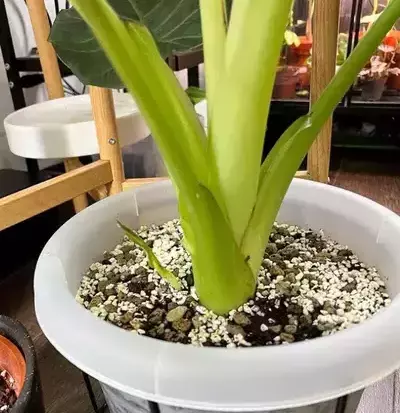
The plantlets are produced at the base of a plant.
Corm Propagation Method
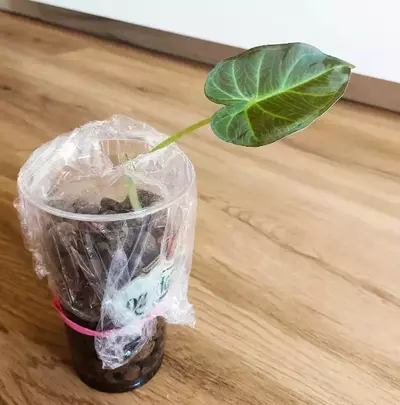

Fertilizer
The Elephant ear plant is a heavy feeder that requires monthly feeding. Most of the nutrients from the soil are used up as the plant ages. If you don’t apply fertilizer, your plant will stop growing and won’t be bearing any new leaves and buds. That’s why fertilizing the plant is important to encourage growth.
To increase the organic content of potting soil, you must add some balanced animal dung, compost, or organic manure for nutrient rich soil. Otherwise, you can also use slow-release or diluted liquid fertilizer if you are short of time. But make sure to water the plant before adding any fertilizer.

Maintenance:
When it comes to maintenance of the Alocasia Regal Shield, it requires cleaning and pruning only. Cleaning is compulsory for plant growth. Regular cleaning and pruning will ensure the health of the Alocasia Regal Shield. Pruning dry and damaged leaves will maintain their energetic look. The ideal time for trimming is late winter and early spring.
The plant starts active growth at this time of year, so it is recommended to prune it during late winters and early spring. The appropriate way of pruning the leaves of the Alocasia Regal Shield is to slender them from the base. Dead, yellow, and old foliage must be trimmed away to boost growth.

Toxicity
Like all other Alocasia plants, the Alocasia Regal Shield is also toxic to pets and humans. It would help if you keep your children and pets away from this plant; it contains calcium oxalate crystals, which can irritate lips, tongue, mouth, and throat. In rare cases, nausea, vomiting, and diarrhea have been reported after ingestion.
Generally, the symptoms develop quickly and may last for half a day. It’s recommended to protect yourself while working with this plant.

Pests Diseases & Common Problems
Pests
Alocasia Regal Shield is a lovely plant, but it’s also not safe from pests. The most frequent pests that can infest your attractive plant are aphids. Along with aphids, mealybugs and spider mites may also attack your plant.
It could be a severe problem for the plant, and you should start treating it as soon as you notice it. You can rub the leaves with a bacterial soap or neem oil to eliminate the pests. Spraying is also a good option, and you can spray a strong stream of water on the leaves to knock the pests off from the leaves.
Common Diseases
It’s essential to learn about the common diseases that Regal Shield may have so that you can address the problem immediately and prevent it from reoccurring. The most common diseases Regal Shield does have are;
Powdery Mildew
This disease produces a powdery white fungus on the Regal Shield’s flowers, leaves, and stems. It’s caused by lack of water and poor ventilation. To prevent this disease, make sure to water your plant correctly and if it’s already infected, ensure to get rid of affected areas. You can also use fungicide in serious cases.
Bacterial Leaf Spot
If your Regal Shield plant leaves turn brown or have black edged lesions and release some fluid, your plant is likely affected by bacterial leaf spot disease. This disease can’t be fixed; the only cure is to clip the affected leaves and keep them dry for a few days.
Leaf Edema
The discolored patches on the leaves of Alocasia Regal Shield mean that your plant is suffering from leaf edema. Leaf edema is caused by excessive watering. In that case, trim the affected leaves and shift the plant to aerated soil.
Root Rot
Root rot is the most common disease in the Alocasia family. The root rot may cause the plant to wilt, leaves will become yellow and drop, and roots will turn brown. Root rot may kill your plant, and the way to save it is by reviewing your watering frequency and repotting the plant while cutting away the infected roots during the process. You may apply a fungicide to the soil to be safer.
Common Problems
If you properly water your Alocasia Regal Shield and provide adequate sunlight, you can save it from many problems. But if the water and sunlight are not effectively provided, your plant may face some problems.
Excessive watering may cause yellowing of leaves. To address this issue, water the plant appropriately and keep it in proper sunlight.
Another issue that Alocasia plants face is the falling of leaves. The leaves fall when they receive too less or too much sunlight. To avoid this issue, place the plant in a proper spot where it receives sufficient sunlight.
Using low-quality or excessive fertilizer will result in the accumulation of minerals in the potting soil and can turn the plant’s leaves brown. To treat this issue, water your plant three to four times until the excessive salts are washed away.
Frequently Asked Questions
Q: How fast does the Alocasia Regal Shield plant grow?
Regal Shields are fast growers and can reach their full height within a few years. If you have purchased a tiny plant, it will reach its height of 6 feet within a few years.
Q: Can I mist Alocasia Regal Shield?
Alocasia Regal Shield requires high humidity levels for its fast growth and health. Misting is a great way to provide the necessary humidity to the plant. If misting isn’t providing enough moisture, it’s recommended to place a humidifier near the plant. Furthermore, residual water on leaves can cause a fungal attack; therefore, do not let the water stay on leaves for longer.
Q: Can Alocasia Regal Shield be grown indoors?
Alocasia Regal Shields are tropical plants that can grow indoors and outdoors. But it’s imperative to provide them with enough humidity, sunlight, and a place to grow. They are large plants and entail plenty of space to grow.
Final Words
Alocasia Regal Shield is a spectacular tropical plant with delicate leaves and a fascinating appearance. It’s easy to grow and care for. Additionally, it’s a natural air purifier. Who wouldn’t want such a great plant at home with all these extraordinary qualities?
It’s suitable for many indoor spots and will lighten up your space with its presence. It only needs your care and a little attention, which is not too much that this plant is asking for. Alocasia Regal Shield is your go-to plant if you want to give your indoors a tropical touch.
Happy Plant Parenting!!!
Related Posts
Philodendron Melanochrysum Care & Growing Guide
The Philodendron Melanochrysum, a majestic symphony of nature, also known as the ‘Black Gold Philodendron,’ the botanical gem is a captivating pageantry of lush hues and rich textures, emanating a unique blend of elegance and resilience from the tropical heartlands…
Philodendron Burle Marx Care & Propagation Guide
Philodendron Burle Marx holds a unique and distinguished position in the world of houseplants. The most notable feature of the Philodendron Burle Marx is its large, glossy leaves, which come in heart-shaped or arrow-shaped variations. These leaves are adorned with…
Philodendron Scandens-“Sweetheart Plant” Easy Care Tips
Philodendron Scandens, often called the “Heartleaf Philodendron” or the “Sweetheart Plant” earns its evocative namesake through its captivating physical attributes. This perennial vine exhibits heart-shaped leaves that dangle delicately from slender and wiry stems. These leaves, adorned in glossy shades…
Philodendron Erubescens ‘Imperial Red’ Care Tips
The Philodendron Imperial Red, a botanical marvel, epitomizes the perfect fusion of elegance and vibrancy. Botanically known as Philodendron Erubescens, this plant traces its origins to South America’s lush and verdant tropical rainforests. Its exquisite appearance is characterized by lush…
Philodendron Ring of Fire Care & Growing Tips
Unleashing a maelstrom of botanical charm, the Philodendron Ring of Fire stands resplendently as a masterpiece of nature’s artistry, weaving together the vibrancy of hues and the allure of unusual form in an intimate dance of unparalleled allure. Philodendron Ring…

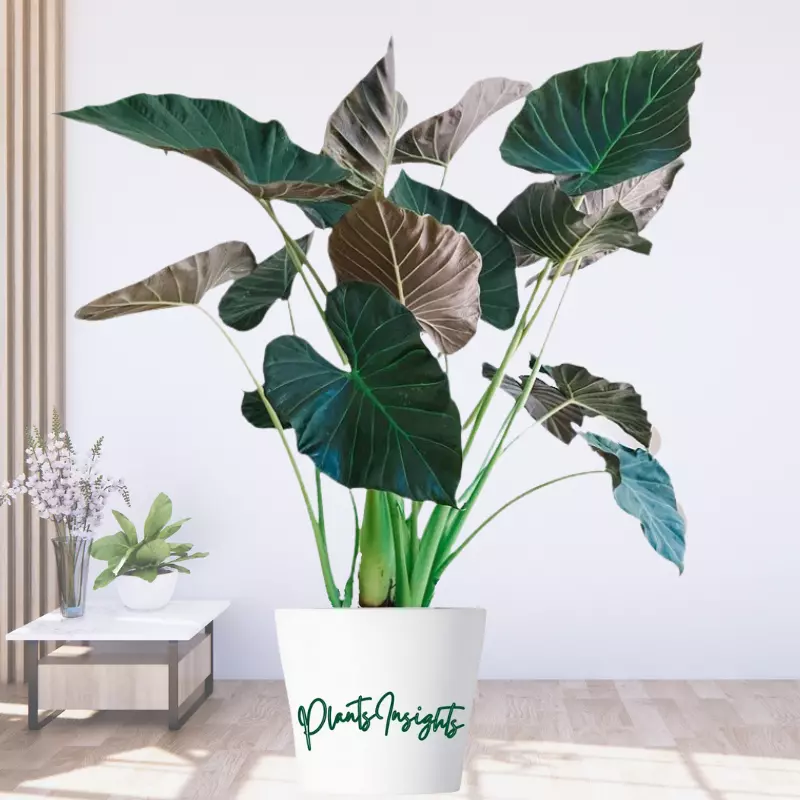




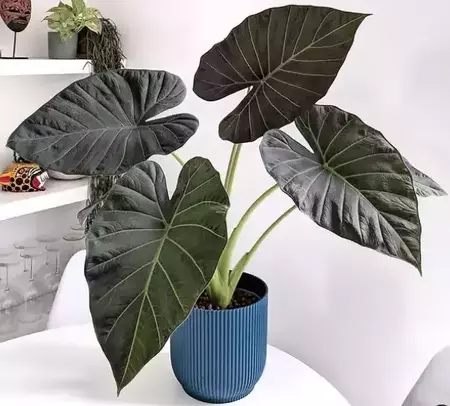
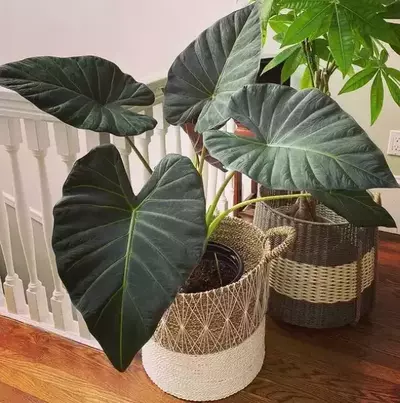


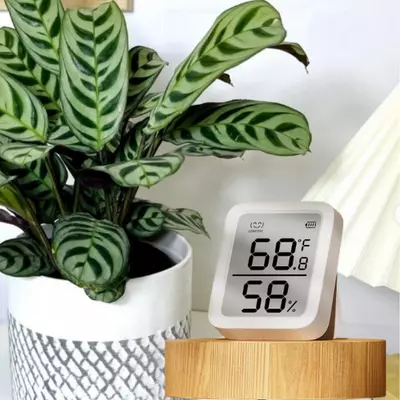
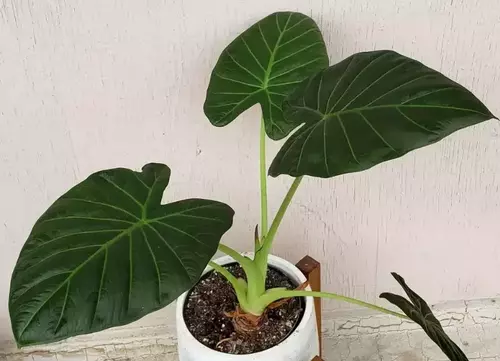
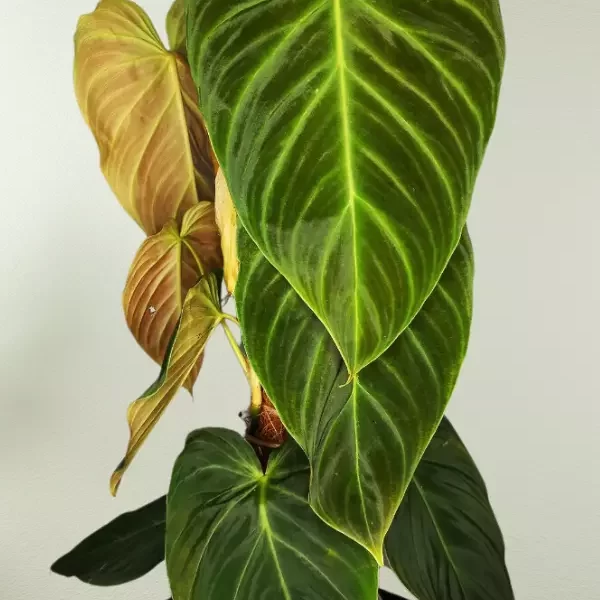
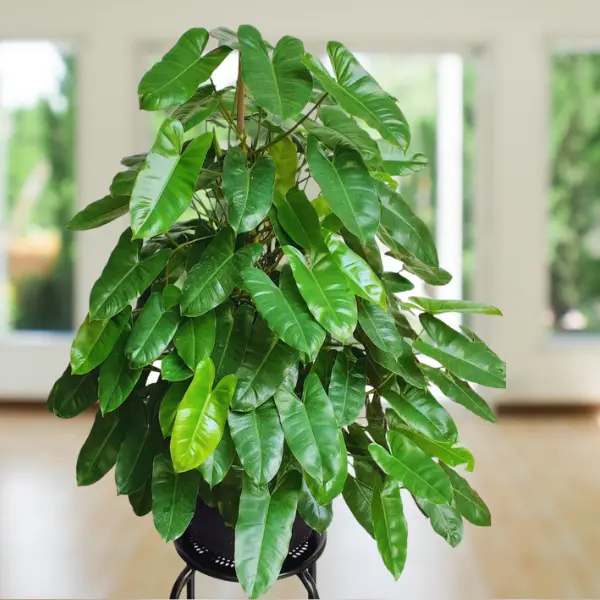
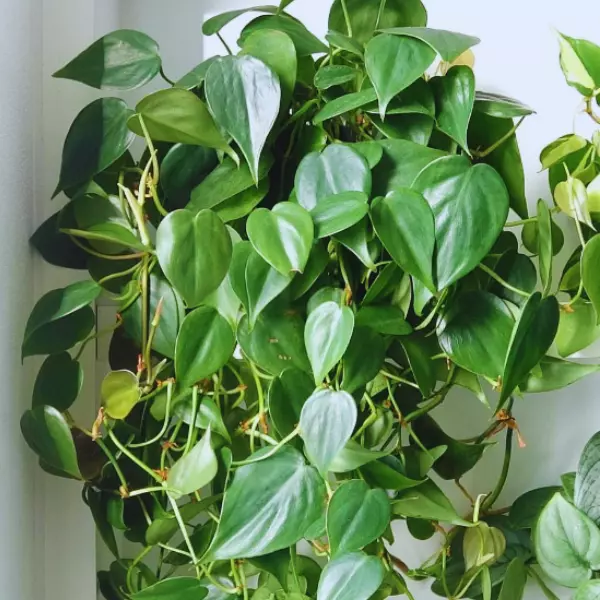
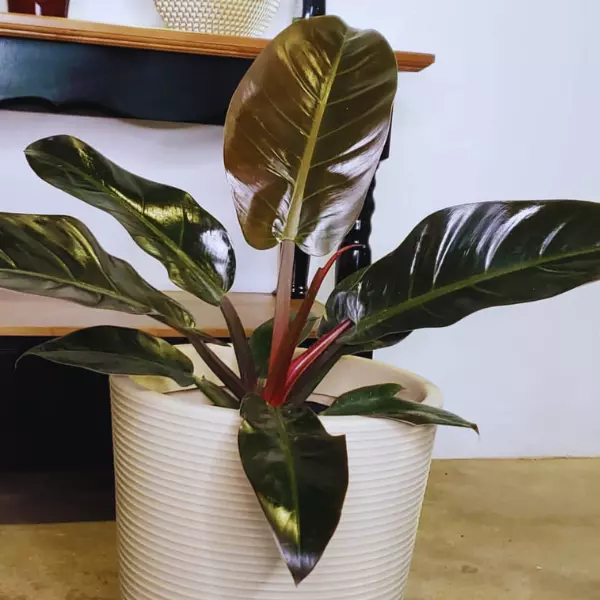
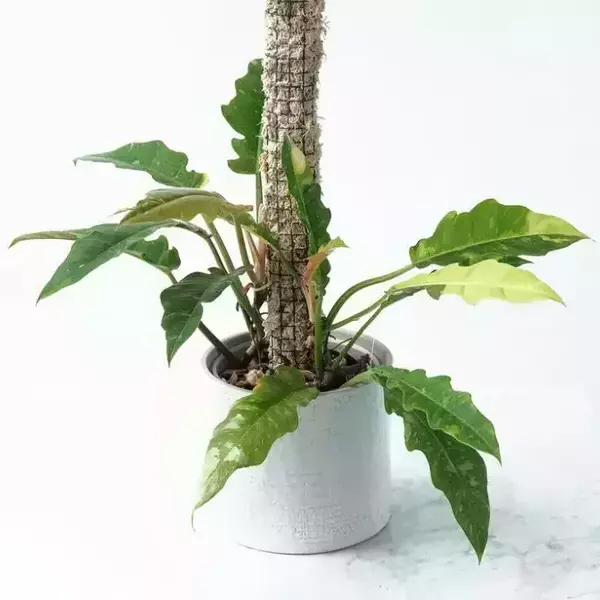
I have been checking out some of your posts and i can claim clever stuff. I will make sure to bookmark your site.